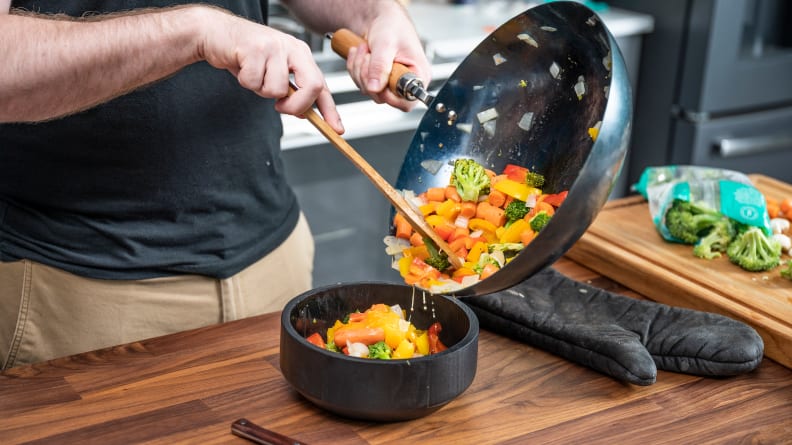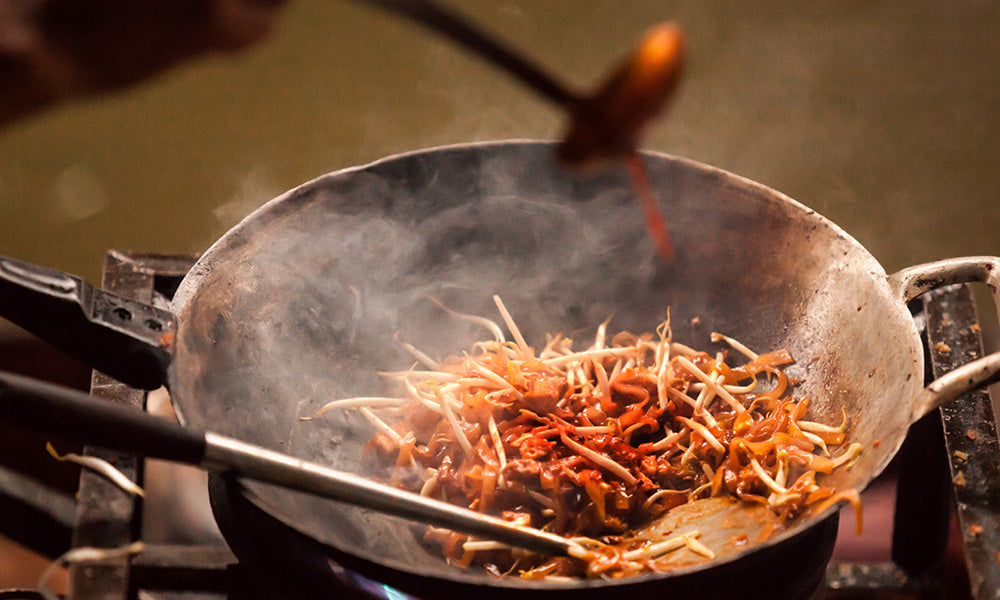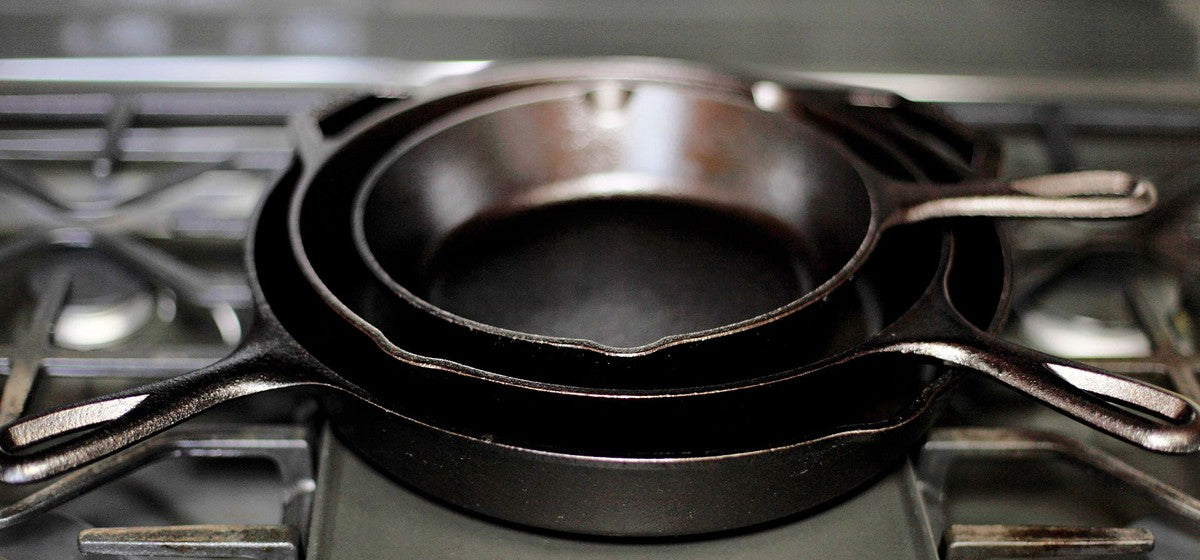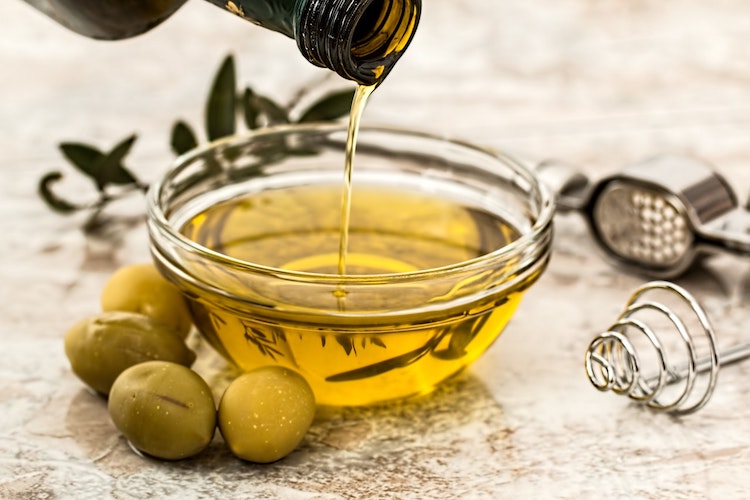Understanding how to re-season a carbon steel wok can greatly enhance your culinary experience. For kitchen professionals, it is crucial to know that a well-seasoned wok not only improves cooking performance but also extends the life of your pan. Over time, your wok may lose its non-stick properties and develop rust spots, making it essential to re-season it regularly.
In this article, we will delve into the intricate steps required to effectively re-season your carbon steel wok. You'll learn about the materials needed, the reasoning behind each step, and helpful tips to ensure optimal results in your kitchen.

Understanding the Importance of Re-Seasoning
Before we jump into the process, lets briefly touch on why re-seasoning is essential. Seasoning is the process of creating a natural non-stick surface through the application of oil and heat. This not only prevents food from sticking but also adds flavor to your dishes. As a kitchen professional, you want your tools in peak condition.
Why Carbon Steel?
Carbon steel woks are favored for their heat conduction and durability. Unlike non-stick pans, a well-maintained carbon steel wok gets better with age. A thorough re-seasoning helps to maintain its integrity, eliminating any potential rust issues and restoring that signature non-stick effect.

Materials Needed for Re-Seasoning
Having the right materials is key to successful re-seasoning. Here's a checklist:
- Scouring pad or steel wool
- Vegetable oil or flaxseed oil (high smoke point)
- Paper towels
- Stove or oven
- Protective gloves
Step-by-Step Process of Re-Seasoning
Now, lets get into the nitty-gritty of re-seasoning your wok.
Step 1: Cleaning the Wok
First, clean your wok thoroughly using a scouring pad and hot soapy water. This removes any old residue and rust. Rinse it well and dry it completely, as water can cause further rusting.
Step 2: Apply Oil
Once the wok is dry, add a thin layer of oil (vegetable or flaxseed) to the surface. Spread it evenly, ensuring all areas are covered.
Step 3: Heat It Up
Next, place the wok over high heat on your stovetop until the oil starts to smoke. This process polymerizes the oil, creating that coveted non-stick coating. Leave it on heat for about 10-15 minutes.
Step 4: Cool Down
Remove the wok from the heat and allow it to cool completely. Wipe away any excess oil with a paper towel.

Maintenance Tips for Long-lasting Results
After re-seasoning, proper maintenance becomes crucial to ensure longevity.
- Regular cleaning: Avoid soap; simply rinse with warm water and use a soft scrubber.
- Avoid soaking: Do not soak the wok in water to prevent rust.
- Re-season periodically: Depending on usage, consider re-seasoning every few months.
For more insights into wok care, check out this cleaning guide.

Common Mistakes to Avoid
Being aware of common mistakes can save you time and preserve the quality of your wok:
- Using too much oil can lead to a sticky surface.
- Neglecting the wok can allow rust to form.
- Using metal utensils can scratch the surface.
Benefits of a Well-Seasoned Wok
The advantages of maintaining a seasoned carbon steel wok are numerous. Enhanced flavor profiles in your dishes, a natural non-stick surface for easier cooking, and improved heat retention are just the tip of the iceberg.
For an interesting read about why a wok is ideal for stir-frying, refer to this article.
Frequently Asked Questions (FAQs)
How often should I re-season my wok?
It's recommended to re-season your wok every few months, especially if you notice any food sticking or rust.
Can I use my wok on an induction stove?
Yes, but make sure that your carbon steel wok has a flat bottom. Some woks are tailored for specific heat sources.
Are there specific oils I should avoid using?
Avoid oils with low smoke points, like olive oil, as they can burn during the seasoning process.
For further techniques on using a wok, you may find this resource helpful.
As an Amazon Associate, I earn from qualifying purchases.






Leave a comment
This site is protected by hCaptcha and the hCaptcha Privacy Policy and Terms of Service apply.